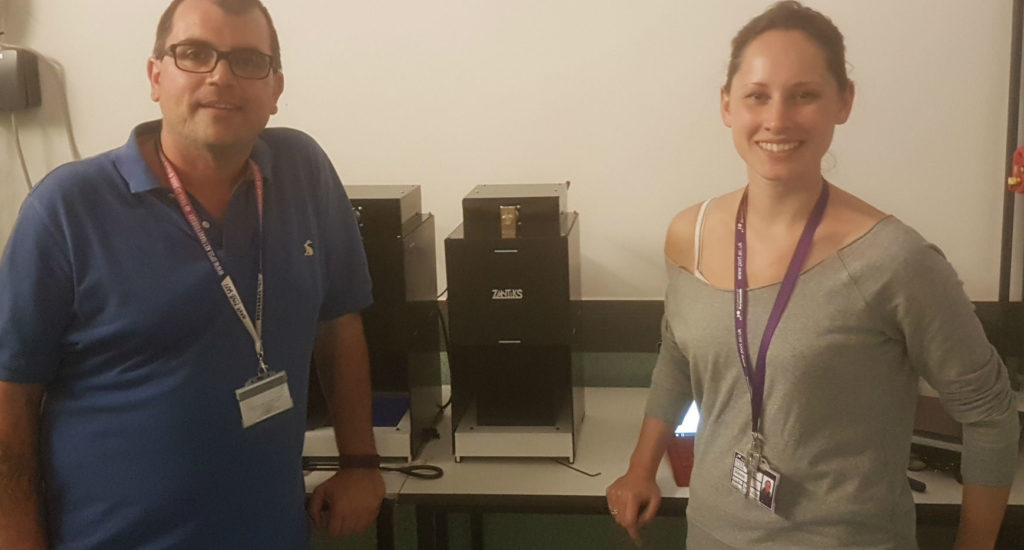10 August 2018

In a special Tech Spotlight edition of Technology Networks’s Neuroscience News and Research, Adam Tozer looks at Measuring Behaviour in neuroscience, and the difficulties of getting reproducible reliable behaviour studies where you consistently get a measurable output. In the video Tozer interviews Dr Bill Budenberg, founder of Zantiks, and Dr Matt Parker, a behavioural neuroscientist at the University of Portsmouth who uses the Zantiks kit.
One of the main focuses of Parker’s Brain and Behaviour lab, at the University of Portsmouth, is to simplify the behavioural protocols there are for zebrafish. Previously Parker found that there was no equipment widely available that would help him achieve this, and developing in house equipment raised problems with repeatability. Parker explained, “The Zantiks equipment has been a real godsend because they have developed a fully integrated testing environment that allows us to test pretty much every aspect of zebrafish behaviour. The equipment also allows us to study zebrafish behaviour in a very controlled environment. It is also transferable between animals, so you could use the same equipment to test mice.”
Parker also extols the benefits of running unconditioned protocols, such as the y-maze, and Pavlovian fear conditioning in the Zantiks units, as both provide quick data and remove the need to singly house the sociable zebrafish for long periods, unlike learning and memory protocols that take time to train fish, such as the 2-choice discrimination task.
“In a lab like mine that is busy, a lot of people working on different projects, the Zantiks kit is fantastic as it allows us to increase our throughput beyond any previous level we were ever even able to dream of.”
For the full video interview conducted by Technology Networks science writer, Adam Tozer, on Neuroscience News and Research, click here.

